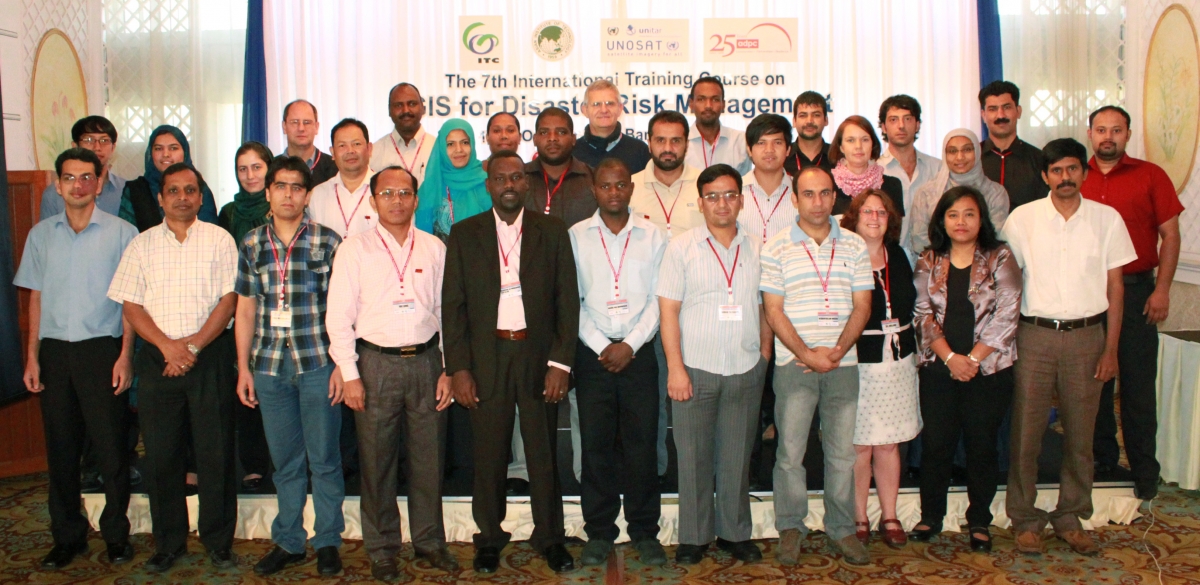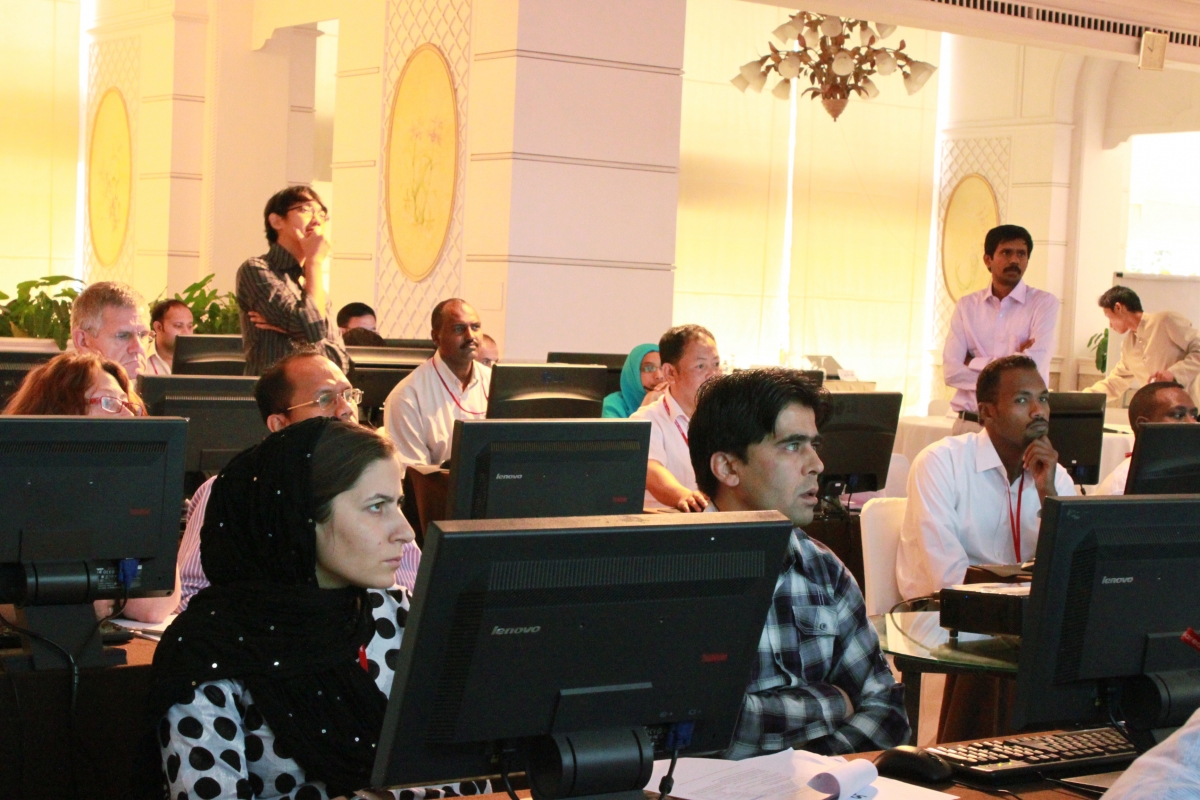This year saw the first successful roll out of the new improved version of the well-known GIS training course offered by the Asian Disaster Preparedness Centre that now includes tailored UNOSAT modules on post-disaster impact and damage analysis in emergency response mapping. The course is held once a year in Bangkok around October and lasts two weeks. The UNOSAT module is held on three consecutive days during the course.
The signing in 2010 of the UNOSAT-ADPC partnership is directly linked to this latest achievement. As underlined by UNOSAT management at the time of its signature, the partnership was born with the necessary financial and knowledge assets to carry out work for three years so that the UNOSAT and ADPC teams involved are free to concentrate on producing tangible results and “make a greater difference by working together” as mentioned by UNOSAT Manager Francesco Pisano. The partnership aims at producing results not only in the area of professional training, but also in that of capacity development and territorial planning, in which UNOSAT has engaged resources to develop in-country actions in at least one country per year in South-East Asia alone.

The course held in Bangkok in October 2011 was the 7th ediciton of the GIS4DRM course, which has been jointly re-designed in 2010 by ADPC, the Asian Institute of Technology (AIT), the Faculty of Geo-Information Science and Earth Observation of the University of Twente, the Netherlands (ITC), and UNOSAT. Luca Dell’Oro, in charge of this training for UNOSAT, explains: “the addition of UNOSAT modules on emergency response mapping serves the purpose of introducing participants to the actual use of satellite imagery analysis and GIS datasets and related methodologies and techniques to perform rapid analysis to assess impact and structural damage caused by natural disasters”.

The 2011 edition attracted participants from 10 different countries, essentially disaster managers working for national governments, UN organizations and NGOs. Some participants were also professionals engaged in the field of disaster risk reduction, an area in which UNOSAT has been investing substantial financial and development resources in view of a decisive increase of output in 2012-2013.
The feedback and evaluation from participants were very positive especially in reaction to the UNOSAT practice of delivering training using only real case scenarios related to major and recent past disaster events.

